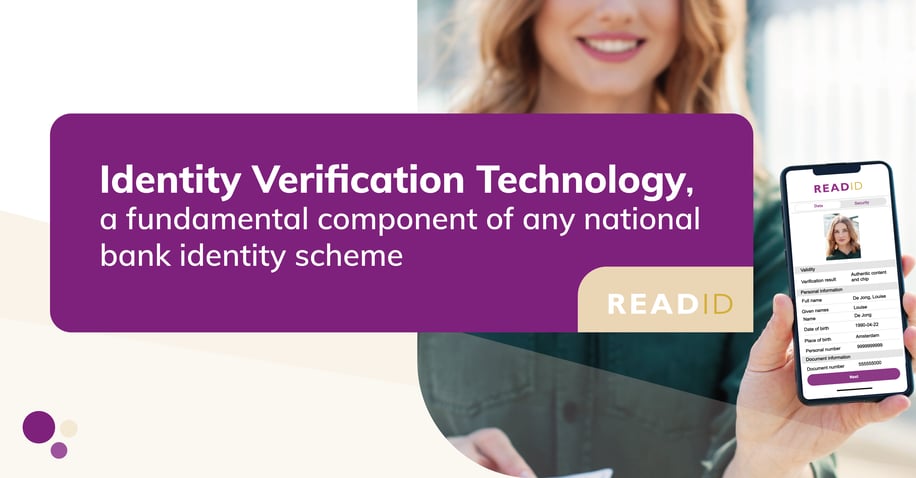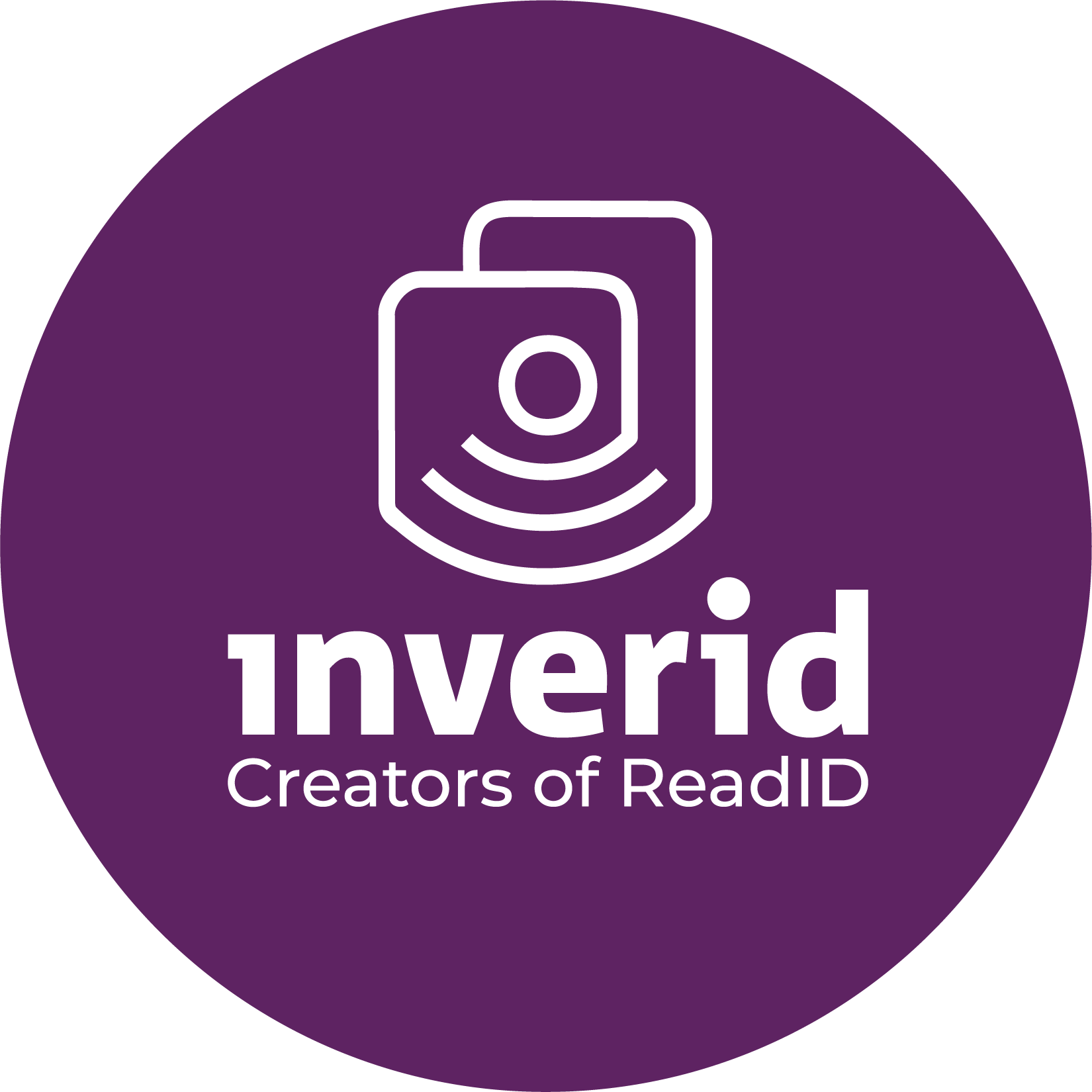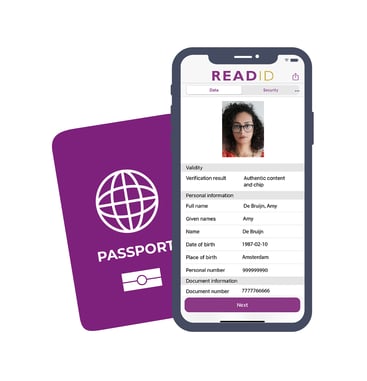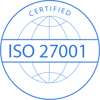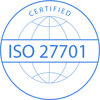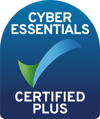In many countries, banks collaborate to jointly introduce identity schemes, as a means to create interoperability and standardise identity verification security levels as well as customer experience. A recent example is connectID in Australia, a banking collaboration linking to the federal government’s Trusted Digital Identity Framework, or think of the identity wallet development in Europe under the eIDAS revision.
Quality of an identity verification process
A fundamental component of any national or bank identity scheme is its identity verification technology, specifically during the onboarding process. If banks want to be able to rely on the identities verified by others, they need to be able to trust the quality of the identity verification process. It has become common knowledge that solutions for optical verification of identity documents and video verification are easy cases for fraudsters.
Having said this, BankID in Norway, itsme in Belgium, SmartID in Estonia, Danish MitID solution and the UK government scheme, One Login, all use document-based identity proofing with NFC. More specifically: they all use ReadID. Document-centric identity verification with NFC has also been acknowledged by Gartner as a maturing solution when they launched in July their Hype Cycle for digital identity.
Requirements of a bank eID scheme
So, what are the boxes that a remote identity verification solution needs to tick for onboarding to a national or bank eID Scheme? A national or bank identity scheme onboarding tool should meet the following:
-
Available 24x7 – we live in a mobile-first, “now” society. Customers are not willing to wait for the next day or go to a branch office. An identification technology should therefore be mobile and automated.
-
No room for fraud – the onboarding process should not allow for fraud. Chipped identity documents are 100% tamper-proof at the chip level. Any manipulation can be detected, and authenticity can be checked automatically using country-signing certificates.
-
Proven trustworthiness – never believe a supplier. Ask for proven certification at eIDAS high level.
-
Comply with national and sector-specific directives- like meeting AUSTRAC in Australia, being a single source of reliable and independent information, or complying with GPG 45 in the UK;
-
Ensure useability – technology can be complex or require specific hardware. Make sure your technology of choice can be used by all your customers with ease.
ReadID has proven to fulfil all these requirements. It is fully automated and can scale with demand. ReadID remotely verified more than 6 million EU settlers for the UK Home office during Brexit and 737,000 were onboarded over 1 week for the Kørekort Danish Digital Driver License. It has a world-unique certification package: ReadID is certified for ISO27001, ISO27701, eIDAS module for eID High and qualified Trust Service Providers and SOC2 Type 2 (Inverid certifications page).
Moreover, users like it, and that leads to conversion: customers gained conversion rates of 96% even. It is proven to work with over 2.600 different models of smartphones and supports more than 160 countries worldwide.
In short, banking identity schemes are only as good as their identity verification tools for remote onboarding. These tools need to meet the highest levels of trust for verification of the authenticity of the personal data and the identity document used in this process. And ReadID keeps to that promise.
Please contact info@inverid.com, if you want to know more about how ReadID could support your national or bank electronic identification program.

